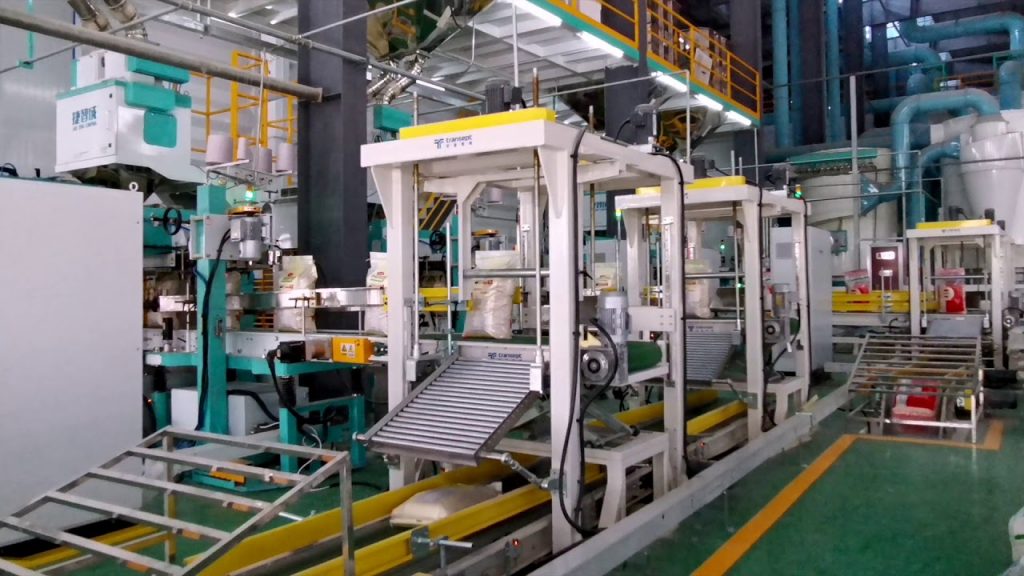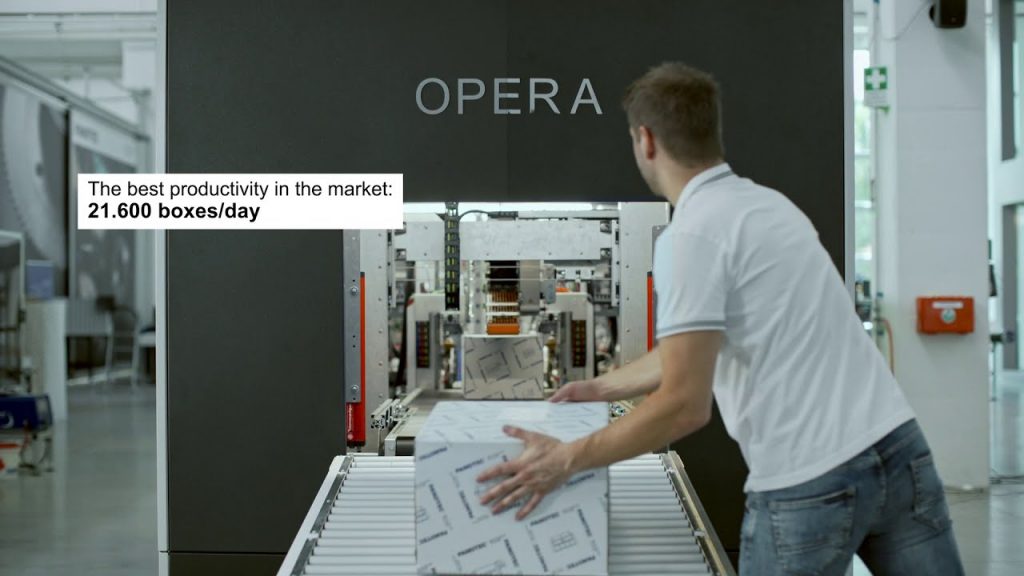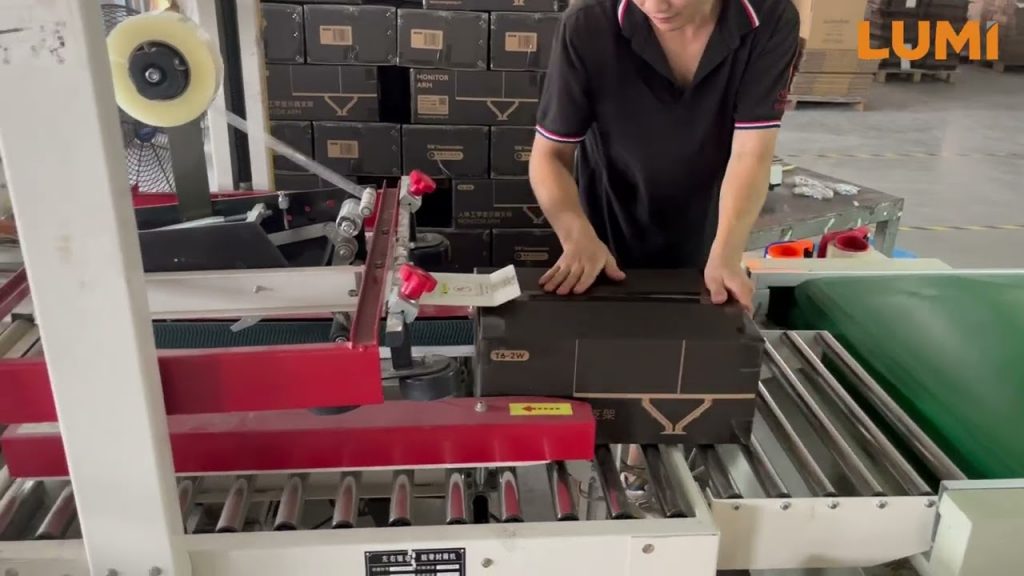Title: Best Automatic Packing Lines | Auto Packing and Loading Solutions for Industrial Applications
Description:
Welcome to our video showcasing the best automatic packing lines and fully automated solutions for various industrial sectors. If you are seeking efficient and reliable packaging solutions, you've come to the right place. Our state-of-the-art automatic packing lines are designed to optimize productivity, reduce labor costs, and enhance the overall efficiency of your packaging operations.
In this video, we will provide you with a comprehensive overview of our innovative auto packing and auto loading solutions. Our advanced technology ensures seamless integration into different industrial environments, catering to diverse packaging needs. Whether you're in the food, pharmaceutical, cosmetics, or any other industry, our automatic packing lines offer the perfect solution for your packaging requirements.
Video Highlights:
1. Introduction to Automatic Packing Lines: Discover how our cutting-edge technology revolutionizes the packaging process, ensuring higher accuracy, speed, and consistency.
2. Customized Solutions for Different Industries: Learn how our auto packing systems are tailored to meet the unique needs of various industrial sectors, delivering precise packaging results for different types of products.
3. Benefits of Auto Loading: Explore the advantages of our auto loading solutions, including increased efficiency, reduced manual labor, and improved safety measures.
4. Operation Steps: Gain insights into the step-by-step operation of our automatic packing lines, from product feeding to sealing and labeling, ensuring a seamless packaging workflow.
We encourage you to take the next step towards optimizing your packaging operations by contacting us today. Our dedicated team of experts is ready to provide you with personalized assistance and find the perfect fully automated solution for your business. Don't forget to like, subscribe, and share this video to help others discover the benefits of our best automatic packing lines!
Additional Tags: automatic packing lines, auto packing and loading, fully automated solutions, industrial packaging, packaging technology, efficient packaging, automated packaging systems, packaging efficiency, customized packaging solutions, auto loading benefits, seamless packaging workflow
Hashtags: #AutomaticPackingLines #AutoPackingSolutions #IndustrialPackaging #EfficientPackaging #AutoLoadingSolutions #FullyAutomatedSolutions
Here is a sample code for a tilt algorithm for auto packing and auto loading:
```python
import math
def calculate_tilt_angle(item_length, item_width, container_length, container_width):
# Calculate the diagonal length of the item
item_diagonal = math.sqrt(item_length**2 + item_width**2)
# Calculate the diagonal length of the container
container_diagonal = math.sqrt(container_length**2 + container_width**2)
# Calculate the tilt angle
tilt_angle = math.degrees(math.asin(item_diagonal / container_diagonal))
return tilt_angle
def auto_packing(item_list, container_length, container_width):
packed_items = []
remaining_space = container_length * container_width
for item in item_list:
tilt_angle = calculate_tilt_angle(item['length'], item['width'], container_length, container_width)
item['tilt_angle'] = tilt_angle
if item['length'] <= container_length and item['width'] <= container_width:
if remaining_space >= item['length'] * item['width']:
packed_items.append(item)
remaining_space -= item['length'] * item['width']
return packed_items
def auto_loading(packed_items, container_length, container_width):
loading_sequence = []
for item in packed_items:
loading_sequence.append((item['id'], item['tilt_angle']))
loading_sequence.sort(key=lambda x: x[1], reverse=True)
return loading_sequence
# Example usage
item_list = [
{'id': 1, 'length': 10, 'width': 5},
{'id': 2, 'length': 8, 'width': 6},
{'id': 3, 'length': 7, 'width': 3},
{'id': 4, 'length': 4, 'width': 4},
{'id': 5, 'length': 6, 'width': 10}
]
container_length = 20
container_width = 10
packed_items = auto_packing(item_list, container_length, container_width)
loading_sequence = auto_loading(packed_items, container_length, container_width)
print("Packed items:")
for item in packed_items:
print(f"Item {item['id']}: {item['length']} x {item['width']}, Tilt angle: {item['tilt_angle']}")
print("nLoading sequence:")
for item in loading_sequence:
print(f"Item {item[0]} - Tilt angle: {item[1]}")
```
This code first calculates the tilt angle for each item based on its length, width, and the container's length and width. Then, it performs auto packing by checking if the item fits within the container and if there is enough space. Finally, it generates a loading sequence based on the tilt angles of the packed items. The output displays the packed items along with their tilt angles and the loading sequence.Automatic Packing Line
#Auto #packing #auto #loading


